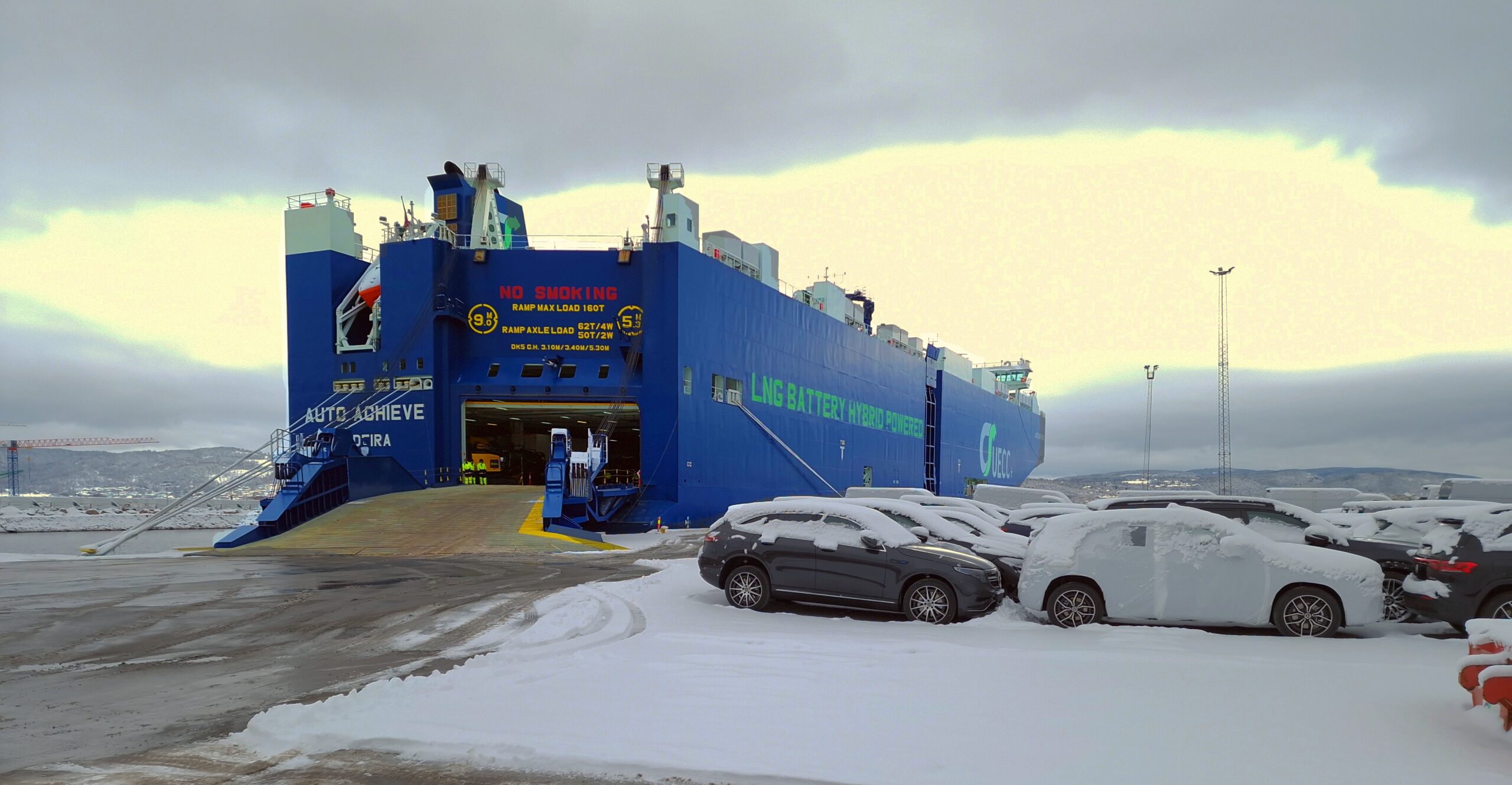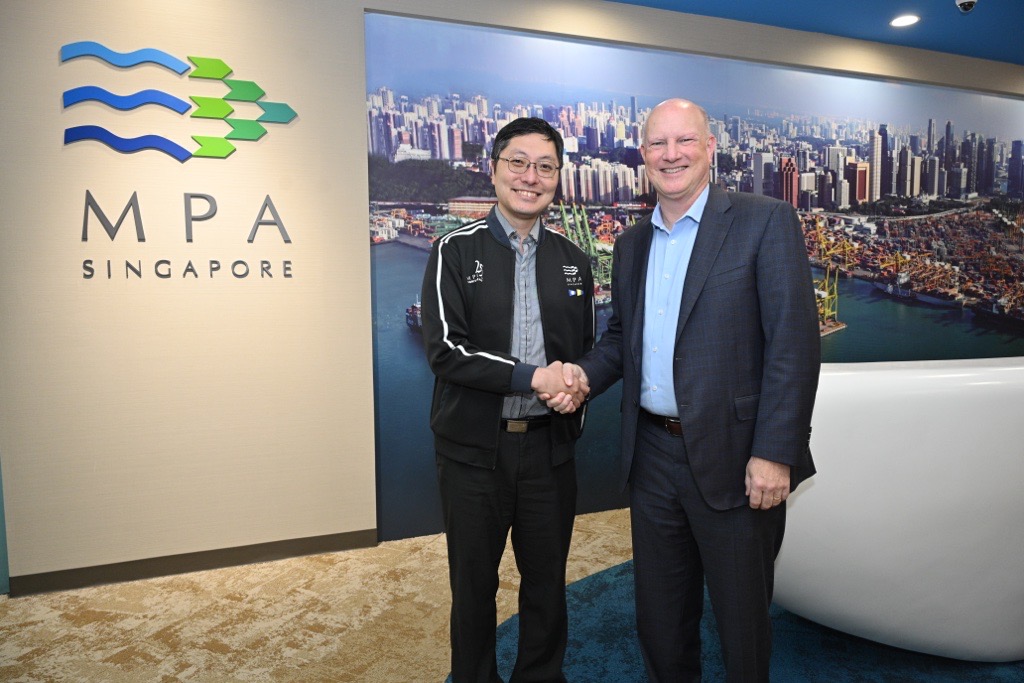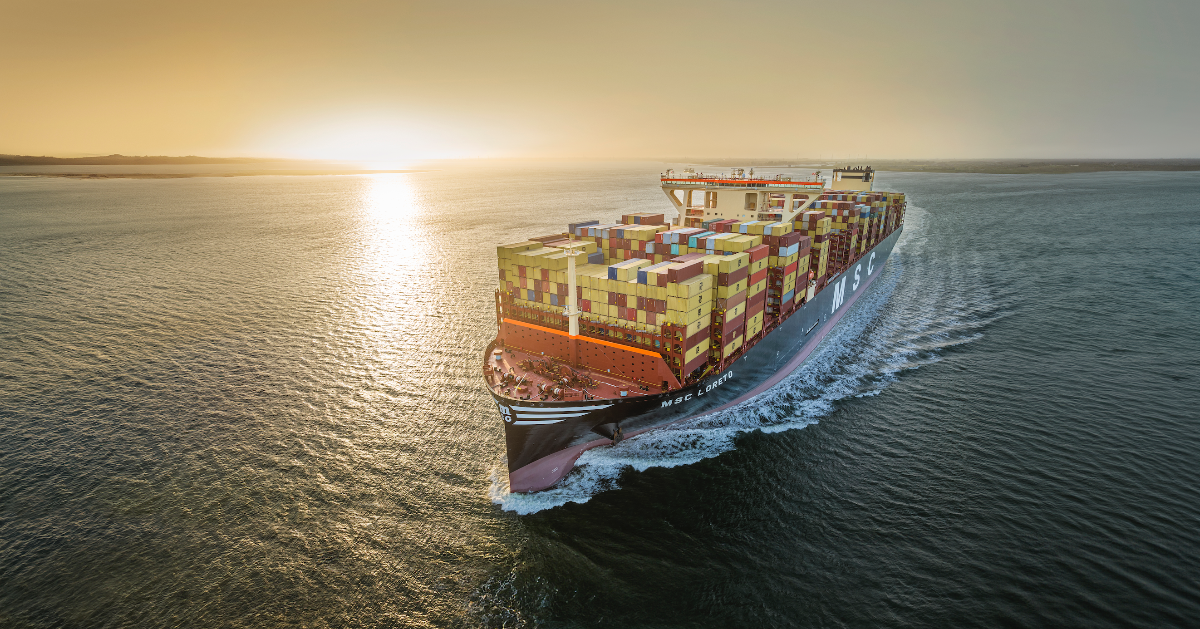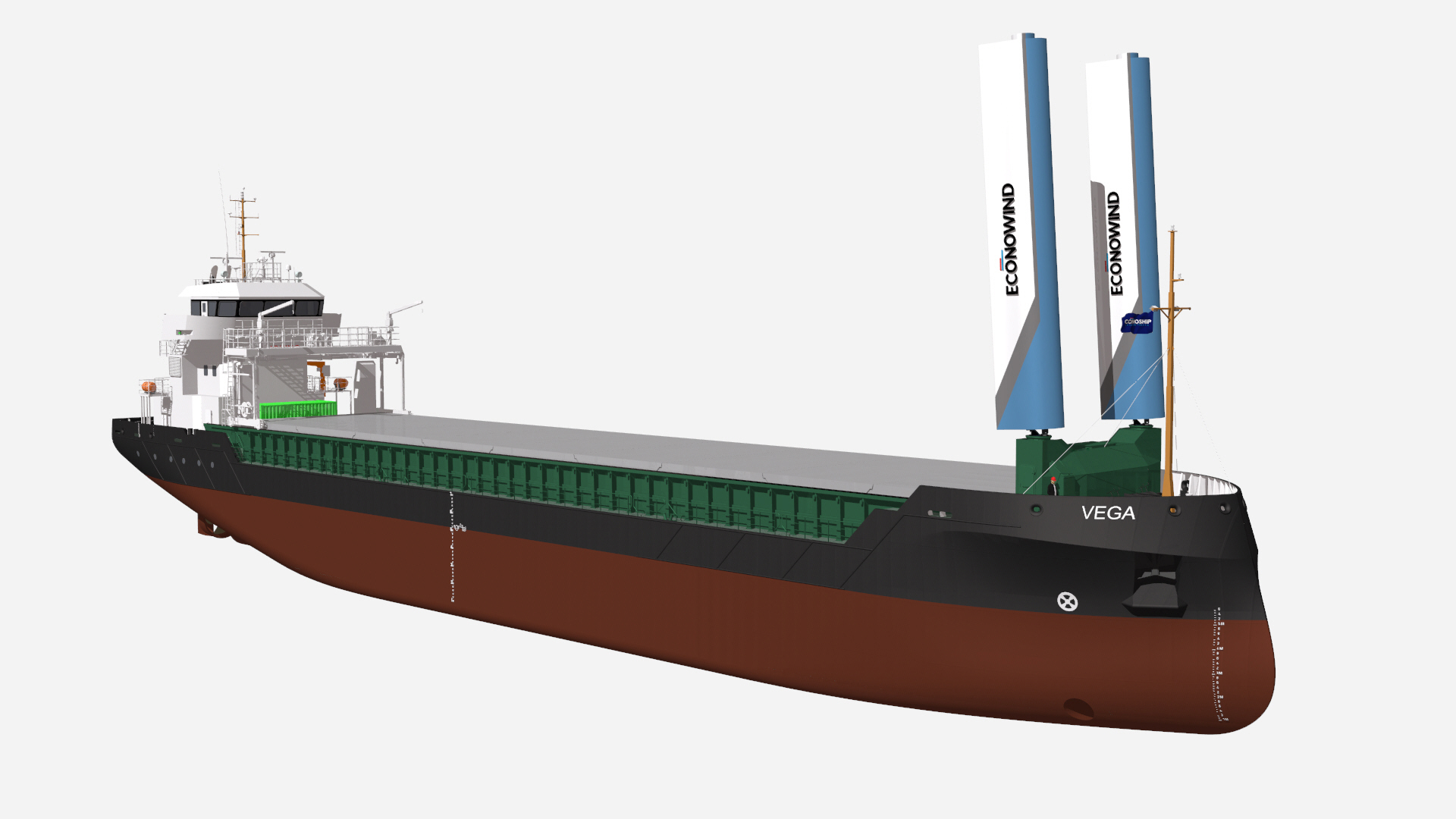Norway's port of Drammen spent NKr34m on shore electricity ships. It has sat unused for years
Four years ago the Norwegian port of Drammen finished installing shore power systems to allow visiting vessels to draw electricity from the grid rather than use their polluting engines.
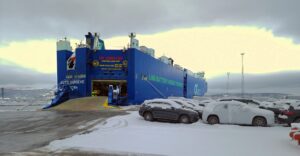
It cost 34m NKr and they have sat unused ever since for the simple fact none of the ships that call at Drammen have the necessary technology onboard to connect.
It is a case of misplaced regulation and intention and with shore power is a story in many ports around Europe. Ports have been told to install the technology, you will sometimes hear it referred to as cold ironing or Onshore Power Systems, but the ships calling at the ports have not bee told to use it.
That should change when the Fuel EU Maritime regulation hits as it has potentially closed that loophole in European regulations, but a look at earlier draft versions of the FuelEU Maritime regulation suggest compliance is by 2035.
The problem for Drammen is that the FuelEU Maritime requirement for OPS applies only to container vessels and passenger ships. Drammen has a few of the former and none of the latter. What it does have are large car carriers as 70% of the Norwegian car imports come into Drammen, and some short sea operations.
The reasoning for OPS is simple, rather than use main or auxiliary engines which are fuelled by marine fuels, the ships could turn them off, thus reducing emissions and even lowering noise if the terminals are close to residential areas. Critics have pointed out that drawing electricity form grid electricity is just pushing the pollution problem somewhere else. However as we showed in an earlier article, shore power from a power station produces much less pollution per Kilowatt than a ship-based engine.
OPS non-compliance is subject to a penalty where it is “dissuasive” for further non-compliance. Vessels are expected to keep an “OPS bunker delivery note”.
Drammen has been in talks with neighbouring ports in south Norway, and with Rotterdam, one of the ports where some of the shortsea shipping calls originate from, to try and find a way to encourage uptake.























